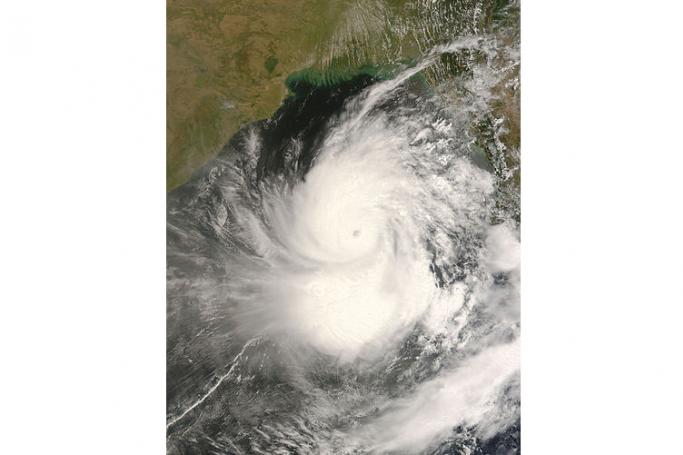Ma Thin Ya Nant, an alias, is a veteran female reporter who has experienced the challenges of everything from the traumatic aftermath of Cyclone Nargis and heady expectations of the elections to the public anger in the wake of the 1 February 2021 military coup.
As a reporter and cofounder of a news agency, she recognizes that female reporters tend to have to take more risks than women in other professional fields.
It’s the nature of the game. But last year’s military coup badly disrupted Myanmar’s independent media – causing problems for both male and female journalists.
Media licenses were revoked and offices closed, throwing the essential job of independently reporting the news into disarray.
Safety is a core concern for female reporters, Ma Thin Ya Nant tells Mizzima, in large part because they are exposed to the public as they go out chasing stories, and there is the possibility they might be molested.
Up until the disruption of the military coup, female reporters made up a sizeable percentage of people working in the media space.
Ma Thin Ya Nant has worked in the media for 18 years and has seen major changes during this time. What was particularly difficult, however, was how her world – and those of others in her agency – was turned upside down forcing her to flee to the hills of an ethnic area to continue to report.
“Before I reached the place where I am here, we were quite worried about our life safety while we were following the news amidst the conflicts in the Lay Kay Kaw region in Kayin State,” she told Mizzima. “We had to overcome some difficulties amidst the conflicts. However, we could overcome those difficulties by protecting and helping each other who came along with us.”
Comfortable jobs and lives were disrupted for many media employees, particularly those forced to flee the relative comfort of the city for the jungles of Myanmar’s hinterlands.
Ma Thin Ya Nant says choosing a career as a reporter can be a difficult for women. Over the years she has noticed how female reporters tended to be left in the news room while men went out to report.
Although she felt there was little discrimination in the workplace, during the aftermath of Cyclone Nargis in 2008, she was “deeply upset” by not being allowed to go out to report.
“When they assigned reporters to the Delta areas just before Cyclone Nargis, my senior editor did not give me permission to go there,” she said, noting she was the one who wrote news reports about the weather and natural disasters and was therefore well grounded in being able to report on the crisis.
“The agency only allowed male reporters to follow the news. From the agency's perspective, I could feel that they were concerned about the safety of a female reporter. But, if we have considered and thought of the roles of reporters beyond gender, the reporter who always follows the news about weather forecasts and natural disasters wasn’t there to follow the news when the actual incidents happened,” she said.
This was major national and international news, but Ma Thin Ya Nant was unable to go out to report it.












